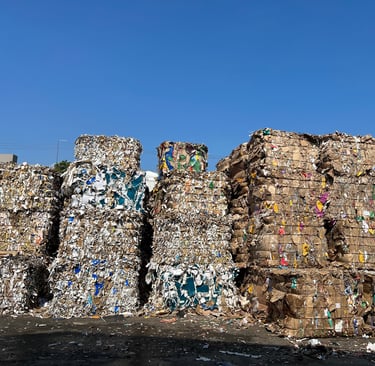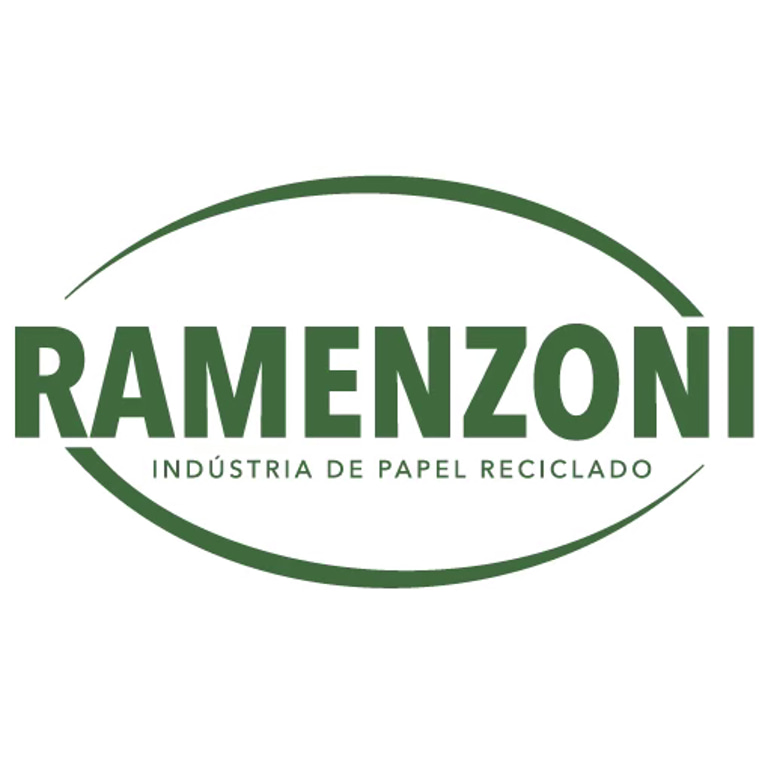Recycling
Paper recycling is the reuse of non-functional paper to produce recycled paper. Recycling waste paper aims to use cellulose fibers from used paper and cardboard to produce new paper. It is an important economic and social factor, due to its contribution to conserving natural and energy resources and protecting the environment, and it is the most appropriate way of reducing the disposal of waste in landfills.
It can also be used as a solution to increase production at an integrated mill whose paper production capacity exceeds that of pulp production. Contrary to what many people think, recycled paper/cardboard is already a reality in our lives. Many products are consumed on a daily basis in which recovered and recycled paper/cardboard fibers are present. Once properly separated and placed in the appropriate containers, used paper begins a new phase in its life that will culminate in a new use. The fibers from the recovery of waste paper are used to make new paper, together with virgin fibers (from pulp). This paper is necessarily different from paper made only from virgin fibers, but it is still widely used.
In reality, and with the exception of paper used by some industries with special quality requirements, the overwhelming majority of the paper we use on a daily basis has a high percentage of recovered fibers in its composition - newsprint, for example, has around 80% recovered fibers. From detergent packaging to shoe boxes, wrapping paper and food boxes, there are many products we consume that are made from used paper. Recycling starts with sorting used packaging at home. Paper/cardboard fibers can be recycled up to five times on average. Based on the amount of virgin fiber used and the final quality of the product, paper collected for recycling is classified into 57 different categories, grouped into five groups according to the EN 643 standard.



